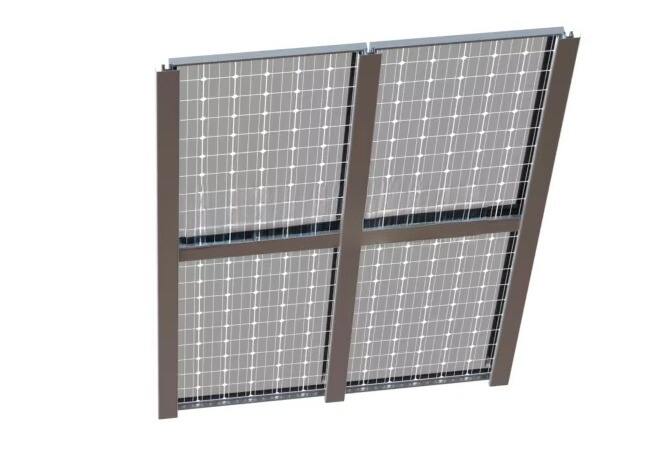Structure for solar panels encompasses the entire framework designed to support, position, and protect solar panels, ensuring they operate efficiently and durably in various environments. These structures are engineered to address multiple challenges: securing panels against wind and snow, optimizing tilt angles for sunlight capture, and integrating with diverse surfaces (roofs, ground, walls, or water). Constructed from robust materials, the choice depends on the application: aluminum alloy (6063-T5) for lightweight rooftop systems reduces roof load; galvanized steel provides strength for ground mounts; stainless steel (316) resists corrosion in coastal areas; and concrete or ballasts offer stability for non-penetrative roof installations. The structure’s design includes several key components: base supports (rafters, posts, or anchors) that connect to the underlying surface; rails or crossbars that run parallel to panel rows; and clamps or brackets that attach panels to the rails. Tilt angles are adjustable (10°–60°) based on latitude, maximizing energy production by aligning panels with the sun’s seasonal path. For example, structures in higher latitudes (e.g., northern Europe) use steeper tilts (40°–60°) to capture winter sunlight, while those in equatorial regions use shallower angles (10°–20°). Structural integrity is verified through compliance with international standards—ASCE 7 for wind/snow loads (up to 160 km/h and 5 kN/m²), IEC 62715 for PV system safety, and UL 2703 for mounting performance. Installation involves site assessment (to check load capacity), assembly of base supports, attachment of rails, and panel clamping, with modular components reducing on-site construction time. Whether in residential rooftops, utility-scale ground arrays, or innovative floating systems, the structure for solar panels is the backbone of solar energy systems, ensuring panels remain functional, secure, and efficient for decades.
